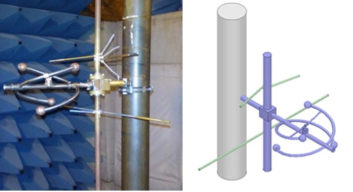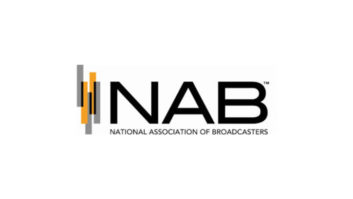
The National Association of Broadcasters supports the idea of allowing computer simulations for FM antenna directional patterns — as long as certain guardrails are in place.
“NAB believes that computational simulation of FM directional antennas is already mature and can produce comparable accuracy to physical measurements, thus minimizing the potential for new interference,” it wrote in comments filed with the Federal Communications Commission.
But it cautioned that “electromagnetic modeling software is complex, can be subject to manipulation, and limited by the accuracy and completeness of the input data.”
In November the commission opened an NPRM on this issue and proposed to permit the modeling. The change was urged in a joint petition from Dielectric, Jampro, Radio Frequency Systems and Shively Labs, all of which make antennas, as well as broadcaster Educational Media Foundation.
The most common reason to use a directional antenna by a commercial full-power FM station is to allow it to “short-space” to another FM station while maintaining contour protection to that station.
[Related: “Dielectric Expects FCC to OK FM Pattern Modeling”]
NAB wrote in its filed comments that the accuracy of computer simulation is “fundamentally dependent on the accuracy of the data input to the software.” So the association urged the FCC to require that full documentation of the underlying data and its sources be available to the commission and to “interested parties upon request.”
It wants the FCC to require the following: a statement of the qualifications of the people responsible for modeling; a complete description of the antenna system; limits of 15 dB max/min in the azimuth plane and of 2 dB/10-degree rate-of-change in the azimuth plane; and certification by a licensed land surveyor or equivalent that the antenna is oriented properly and installed at the correct height.
On other aspects, the NAB said the FCC should not require “in situ” measurements beyond ensuring the proper installation of the antenna. The commission should accept results from any appropriate electromagnetic modeling software. And, NAB said, absolute accuracy is not practically achievable, so the commission shouldn’t try to attain prediction accuracies that don’t materially affect the interference environment.












